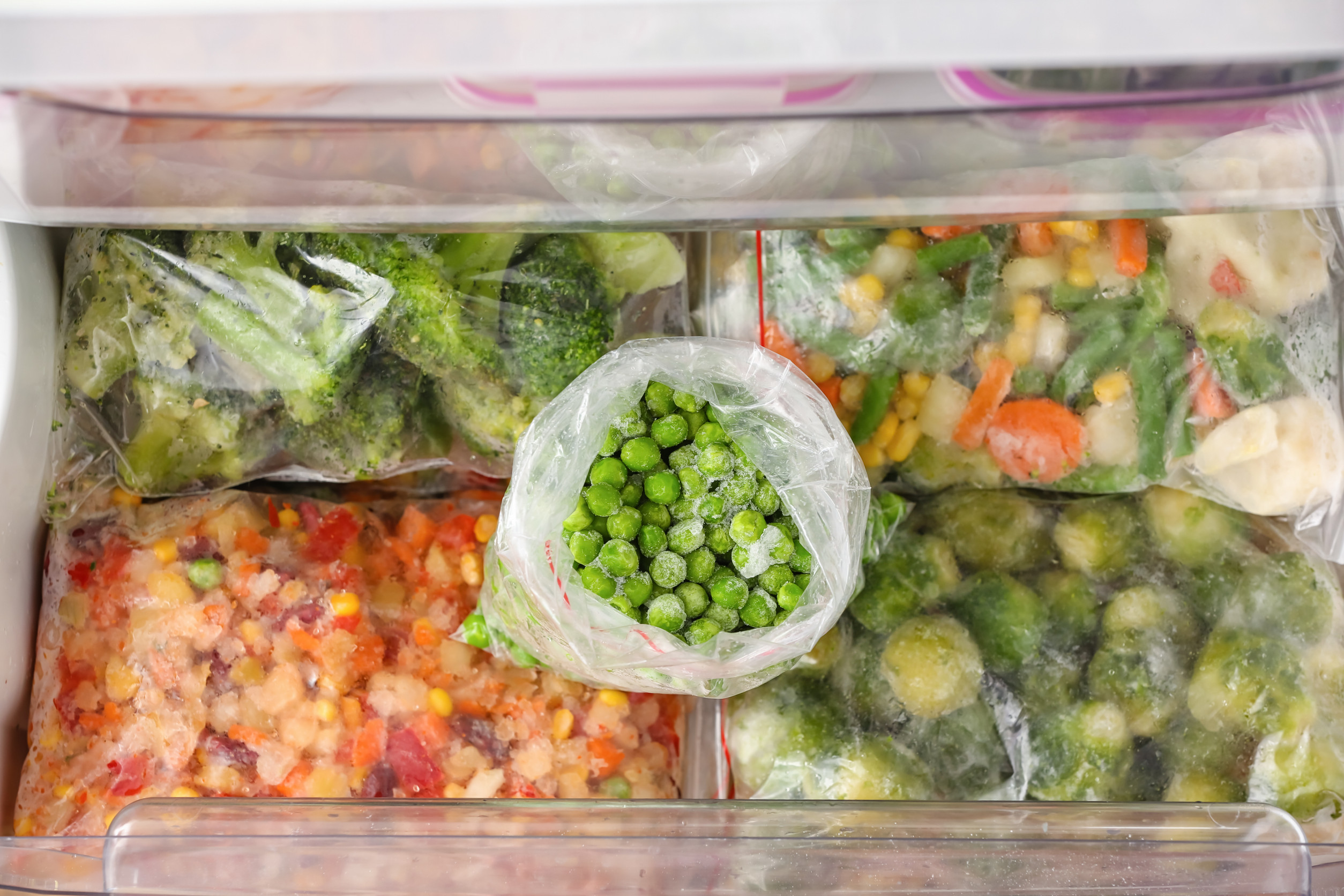Healthy eating is important, but it’s also become a booming business—and not always a budget-friendly one. From $8 smoothie powders to $15 protein bars, grocery aisles are filled with products marketed as must-haves for your wellness goals. But not all “health foods” are created equal, especially when it comes to cost versus benefit. Some items are genuinely good for you and worth the splurge, while others are just expensive hype. Knowing the difference can save your wallet and still keep your diet on track. Let’s break down what’s worth your money—and what you should skip.
1. Worth It: Frozen Vegetables

Image Source: 123rf.com
Frozen veggies are one of the most underrated health foods in the grocery store. They’re picked at peak ripeness and flash frozen, locking in nutrients just as effectively as fresh produce. Plus, they’re much cheaper and last longer, which helps cut down on food waste. You can steam, roast, or stir-fry them straight from the bag, saving time and effort. Shoppers love the convenience of having greens like spinach, broccoli, and peas on hand at all times. For under $2 per bag, it’s one of the smartest, healthiest purchases you can make.
2. Not Worth It: Fancy Nut Butters
Almond butter infused with honey, chia seeds, or cacao nibs sounds impressive—but it comes with a high price tag. These fancy nut butters can cost upwards of $12 per jar and often offer only slight nutritional differences from regular peanut butter. Basic peanut butter, especially the natural kind with no added sugar or oils, still delivers healthy fats and protein. While it’s okay to splurge occasionally, you’re mostly paying for branding and novelty. Stick to store-brand natural versions if you want both health benefits and savings. The “superfood swirl” isn’t worth draining your budget.
3. Worth It: Canned Beans
Beans are a nutritional powerhouse and one of the most budget-friendly staples you can buy. Canned varieties require no soaking or cooking—just open, rinse, and use. They’re high in fiber, protein, and essential minerals, making them great for heart health and digestion. You can toss them into salads, tacos, soups, or grain bowls for an easy, satisfying meal. With prices often under $1 per can, it’s a win for both your body and your bank account. Opt for low-sodium or no-salt-added versions to keep them even healthier.
4. Not Worth It: Detox Juices
Detox juices may look healthy with all their greens and trendy labels, but they’re rarely worth the money. Many are high in sugar and lack the fiber you’d get from eating whole fruits and vegetables. Some bottles can cost between $5 and $12, and they won’t “cleanse” your body as advertised. Your liver and kidneys already do a great job of detoxing naturally. If you’re craving a boost, make a homemade smoothie with frozen produce and plain Greek yogurt. You’ll save money and get more nutrition in the process.
5. Worth It: Store-Brand Greek Yogurt
Greek yogurt is high in protein, probiotics, and calcium, making it a healthy choice for breakfast or snacks. While some name-brand versions are pricey, many store-brand options are just as good for a few dollars less. Look for plain varieties without added sugars so you can sweeten it yourself with fruit or honey. It’s a versatile base for smoothies, dips, or even savory meals. Buying in bulk tubs instead of individual servings also saves you more in the long run. With the right brand, Greek yogurt is both a health and financial win.
6. Not Worth It: Protein Water
Protein water sounds like an easy way to fuel up, but it’s often overpriced and underwhelming. Most bottles contain only 10–15 grams of protein and can cost $3–$5 each. For the same amount of protein, you could eat a hard-boiled egg or a serving of cottage cheese for much less. These drinks are also loaded with sweeteners and artificial flavors. If you need more protein, stick with whole foods or a cost-effective powder added to your smoothie. The sleek bottle doesn’t equal real value.
Spend Smart, Eat Smart
You don’t have to blow your budget to eat healthy—just learn to shop with a little strategy. Focus on affordable whole foods like beans, frozen veggies, and plain Greek yogurt. Skip the hype around overpriced “health” products that don’t deliver real benefits. Marketing often disguises simple foods as something more exotic (and expensive) than they need to be. Smart swaps can give you the same nutrition for a fraction of the cost. In the end, the healthiest choice is the one that nourishes you without draining your wallet.
Read More
Banning Sugary Foods for SNAP Recipients: A Step Toward Health or Discrimination?
These 6 ‘Healthy’ Grocery Items Are a Waste of Money, According to Nutritionists


